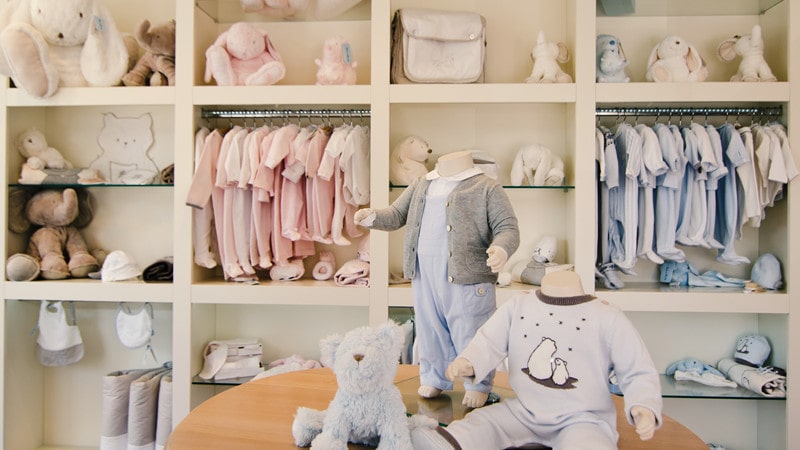Babies have delicate skin sensitive to rough or tight fabrics, and their bodies are constantly growing and changing, requiring comfortable and flexible clothes. In fact, the importance of comfort and fit in baby clothing cannot be overstated.
Moreover, babies cannot communicate their discomfort in words, so parents need to pay close attention to their non-verbal cues, such as fussing or crying, which could indicate that the outfit is too tight or uncomfortable. The right fit ensures that the clothes won’t be too tight or loose, while comfort ensures that the baby can move freely and feel cosy in their outfits.
In this blog post, you will explore the importance of comfort and fit in baby clothing and why they should be the top priority for parents when shopping for their little ones.
Skin Sensitivity and Allergies
Babies have very sensitive skin, and any irritation or allergic reaction can cause discomfort and distress. Therefore, it’s crucial to choose baby clothing made from soft and breathable fabrics that won’t cause skin irritation.
Organic cotton is an excellent choice for baby clothes because it’s hypoallergenic and gentle on the skin. Synthetic materials, such as polyester or nylon, should be avoided as they can cause skin irritation and don’t allow the skin to breathe.
Proper Fit and Range of Motion
Babies are constantly growing and developing, so their clothes should accommodate their changing bodies. Clothes that are too tight can restrict movement and cause discomfort, while clothes that are too loose can be a safety hazard.
The right fit ensures that the baby can move freely and comfortably without any restrictions. For example, a baby’s onesie should fit snugly around the legs and torso but have enough room for the arms to move freely.
Comfortable Waistbands and Closures
Waistbands and closures should be comfortable and not too tight. Tight waistbands can cause discomfort and restrict the baby’s breathing and movement. Snaps and buttons should be easy to open and close and securely fastened to prevent choking hazards. In addition, zippers should be covered with fabric to prevent irritation and pinching.
Seasonal Considerations
Different seasons call for different types of baby clothing. During the summer, lightweight and breathable fabrics such as cotton are ideal for keeping the baby cool and comfortable.
In the winter, thicker fabrics such as fleece and wool are necessary to keep the baby warm and cosy. Layering is also an excellent option for colder months, as it allows parents to adjust the baby’s clothing according to their comfort.
Chasing Fireflies professionals provide “A baby outfit for every event and season.”
Safety First
Safety is always a top priority when it comes to baby clothing. Loose buttons, long ties, and other decorations that can be pulled off and swallowed should be avoided. Clothing should fit well and not be too loose to prevent the baby from getting tangled or trapped in it. Additionally, fire safety labels should always be present and visible on the clothing.
Comfort and fit are crucial factors that should be considered when buying baby clothes. Babies have delicate skin and bodies that require gentle care and attention. Clothing that is uncomfortable or doesn’t fit well can cause skin irritation, restrict movement, and be a safety hazard.
When shopping for baby clothes, parents should prioritize comfort, fit, and safety over style and design. With the right clothing, babies can feel cosy, move freely, and stay safe and healthy.




